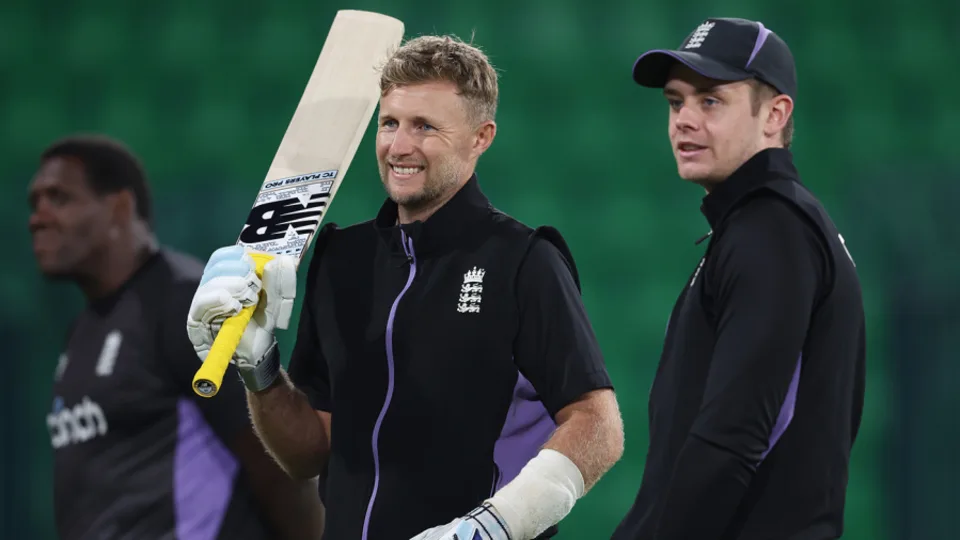
Jamie Smith has “free license” at number 3, says Jos Buttler ahead of England’s opening game against Australia.
Jamie Smith has ‘free hit’ at No. 3 in reshuffled England batting order, according to skipper Jos Buttler.
The PCB may have hoped that cricket’s most intense rivalry would open the Gaddafi Stadium in Lahore, which has been rebuilt in recent months at a rapid pace, but cricket’s oldest rivalry will have to do. No other match at this stadium had a higher demand for tickets than England vs. Australia, where the winners of the last two ODI World Cups begin their Champions Trophy campaigns, while Pakistan was not assured a spot at all.
But it won’t be a matchup between two of the best white-ball players right now. Neither team has a strong ODI record at the beginning of the tournament, and the outcome may depend most on how they handle—or, more importantly, hide—their vulnerabilities.
Australia has finished second in six of the past eight ODIs, while England has lost 16 of their last 23 games dating back to the 2023 World Cup. Injuries and well-publicized absences further hinder them: Australia’s team does not include Pat Cummins, Josh Hazlewood, Mitchell Starc, Mitchell Marsh, or Marcus Stoinis.
England’s most important tactical adjustment following a somewhat terrifying ODI series against India might be a defensive approach disguised as aggression. Two days prior to the match, they announced their starting lineup, revealing that wicketkeeper Jamie Smith will bat at number three for the first time in his international career.
“We just feel it’s a nice position to give him a free hit to try and really impact the game, make that that top three really dynamic,” Jos Buttler, England’s captain, said. “Jamie’s someone with incredible talent and taken to international cricket so well that we feel he’s got the game there and can place him in that position to try and have a really big impact with a number of guys behind him.”
Perhaps the last part of that sentence reveals a more comprehensive explanation for what is, if recent English history is any indication, an on-brand punt. England’s more seasoned middle order was particularly susceptible to collapses in the middle overs against India’s spinners.
Smith missed that series because to a calf injury, but the longest format was the greatest way to highlight his ability to counter spin in Pakistan. The third Test in Rawalpindi in October ended on the third morning on a ground that was too spin-friendly; all 20 of England’s wickets went to the spinners, while Pakistan failed to bowl a ball of seam.
Smith, however, came up with a spectacular counterattack when England was at 118 for 6, hitting five fours and six sixes in a 119-ball 89 to help England score 267. It featured a stunning defeat of Sajid Khan, the top offspinner in Pakistan, who was hit for 61 runs at a run a ball without losing his wicket.
“He’s obviously got the game technically and tactically, but I think the head on his shoulders seems to be one of the biggest strengths,” Buttler said. “Nothing seems to faze him too much: I think you could ask him to bat anywhere in the line-up and it wouldn’t faze him. We feel it gives him a nice position to try and really impact the game, make some big runs, and put some pressure on the opposition.”

